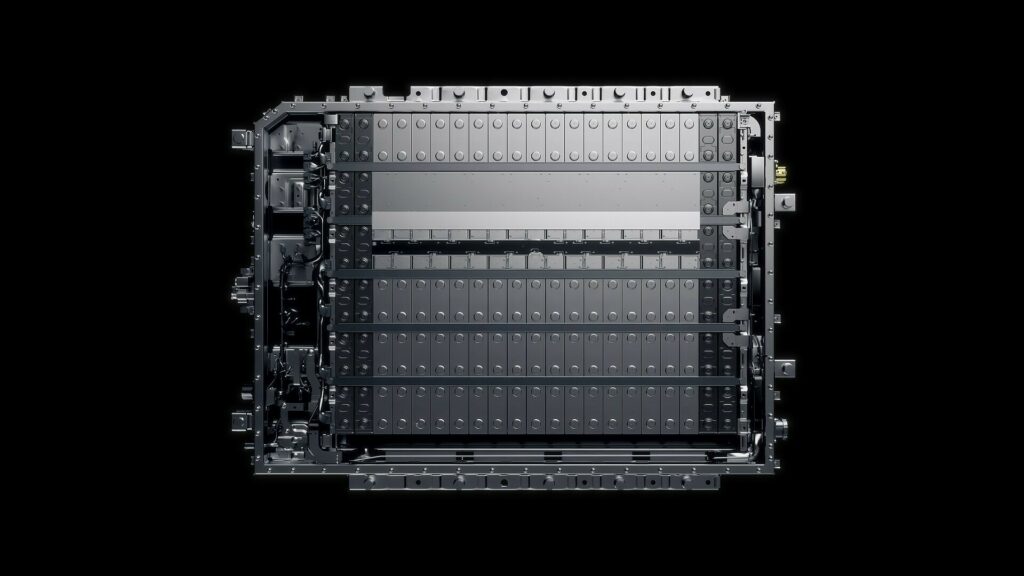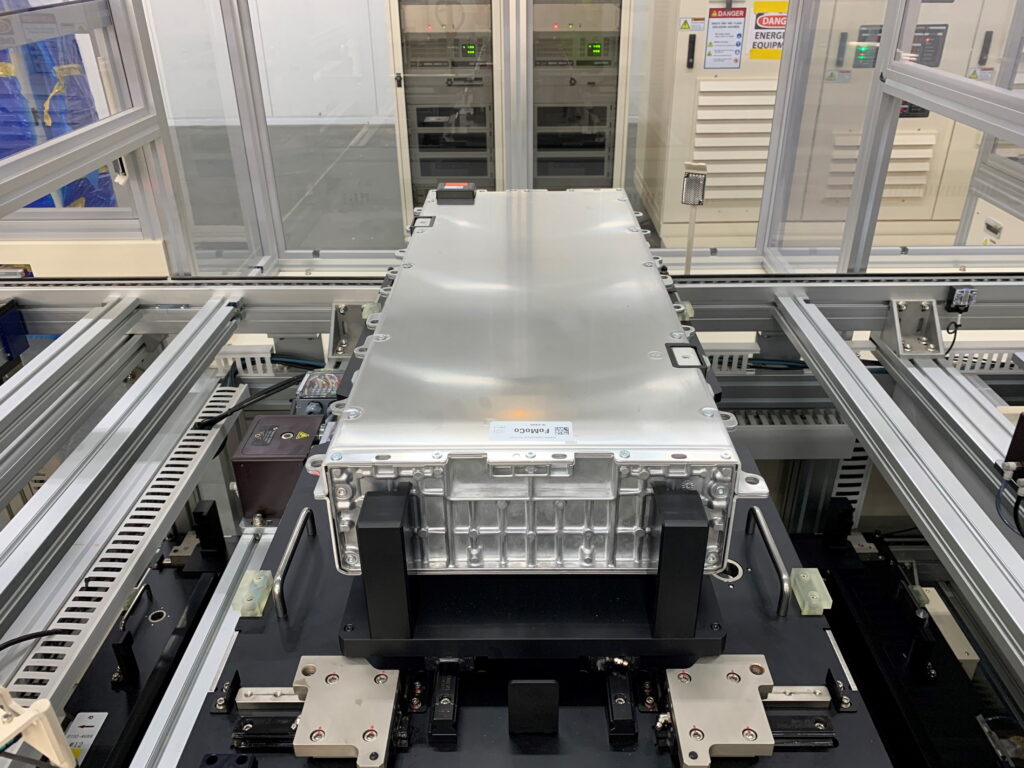- The battery features an innovative triple-layer structure designed to improve safety and durability.
- Researchers say the battery retains 87.9% of its performance after 1,000 charging cycles.
- Beyond EVs, this battery is suitable for smartphones, wearable devices, and large-scale energy storage.
Electric vehicle batteries have come a long way in recent years, but researchers around the world continue to explore and develop new ways to make them even better. Recently, a team from the Daegu Gyeongbuk Institute of Science and Technology (DGIST) in Korea created an innovative new lithium metal battery that has a “triple-layer solid polymer electrolyte.” It’s capable of extinguishing itself in a fire and retains strong performance even after many charging cycles.
A Smarter, Safer Battery Design
Let’s break it down. In traditional solid polymer electrolyte batteries, lithium can form small, tree-like structures called dendrites during charging and discharging. While the name might sound harmless, dendrites can damage the internal connections in a battery, significantly increasing the risk of fires and explosions. This long-standing challenge has made it difficult to maximize the potential of lithium metal batteries—until now.
Read: CATL’s New EV Chassis Can Withstand 75 MPH Impact Without Catching Fire Or Exploding
In a peer-reviewed study recently published in the journal Small, the DGIST team detailed their innovative triple-layer electrolyte structure designed to enhance battery safety and performance. This clever design includes soft outer layers that ensure good contact with the electrodes, while a strong middle layer improves the battery’s structural integrity.
The electrolyte is further enhanced with a fire suppressant (decabromodiphenyl ethane), a high concentration of lithium salt, and zeolite, which bolsters its overall strength. While the specifics may sound highly technical, the result is a safer, more reliable battery.

A Battery That Lasts Longer and Protects Itself
The innovation doesn’t stop at fire safety. According to the team behind its development, including principal researcher Dr. Kim Jae-Hyun, the battery design boasts exceptional longevity, retaining approximately 87.9% of its performance after 1,000 charging and discharging cycles. That’s a significant improvement compared to most current batteries, which typically lose 20–30% of their capacity over the same number of cycles.
To put it in perspective, theoretically, an EV with a 300-mile range using this new battery would still retain 87.9% of its capacity, providing over 260 miles of range, even after 300,000 miles of driving.
Additionally, researchers report that the battery can extinguish itself in the event of a fire. This unique combination of durability and safety has the potential to make a substantial impact on the battery industry.
Principal researcher Dr. Kim Jae-Hyun explained the potential impact: “This research is anticipated to make a significant contribution to the commercialization of lithium metal batteries using [solid polymer] electrolytes, while providing enhanced stability and efficiency [to] energy storage devices,” Dr. Kim said. In simpler terms, this technology could lead to safer, longer-lasting batteries for a range of applications.
More Than Just EVs
While electric vehicles are an obvious use case for this technology, the applications extend much further. These advanced batteries could be used in everything from smartphones and wearable devices to large-scale energy storage systems. So, whether you’re scrolling TikTok, tracking your steps, or powering an entire grid, this battery tech might just make your life a little safer—and a lot more efficient.




